8 fabulous, funky, and futuristic Apple products no one wanted
When we think about Apple and design, there are a number of devices that spring to mind: the iPhone 14, iPad Pro, AirPods, iMac, and even the Mac Studio. But among the products that have left an indelible mark on the landscape, there are those Apple devices that were little more than a pretty face. Here are eight gorgeous Apple products that failed to make a dent in the universe.
Twentieth Anniversary Macintosh
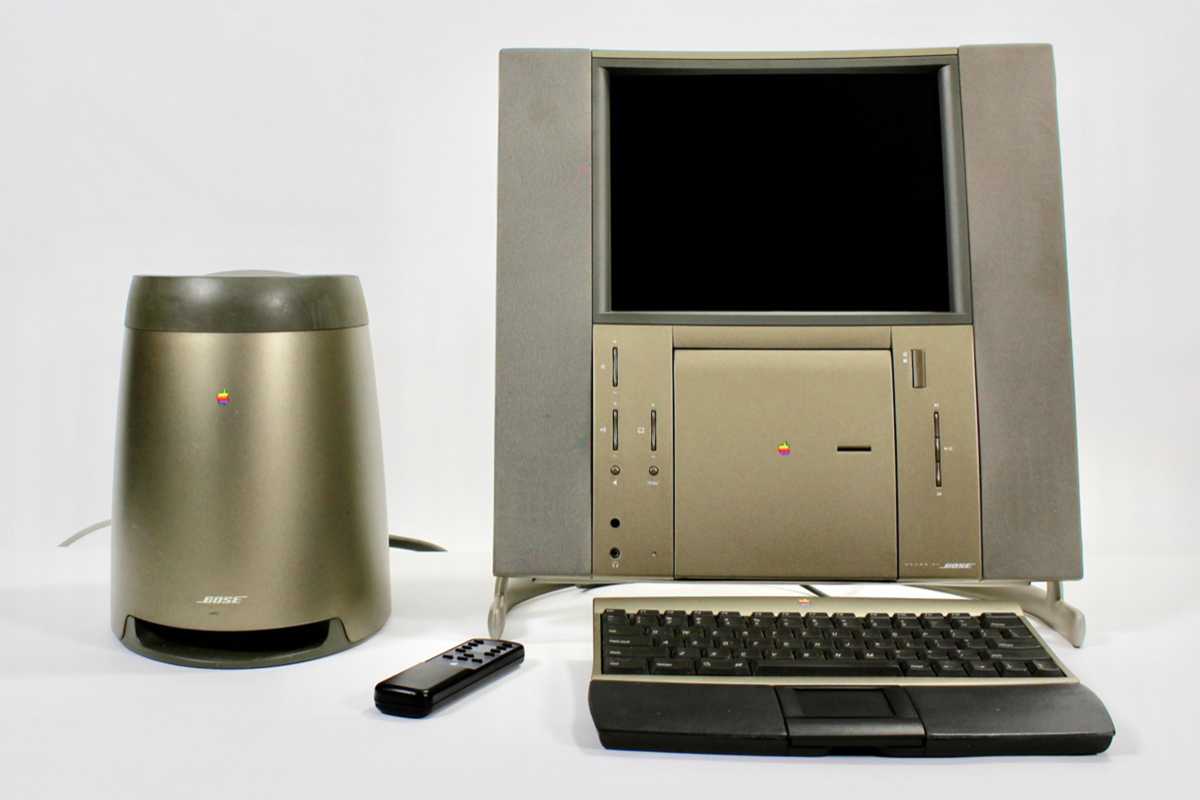
Six Colors
There are products like the Newton that are ahead of their time and then there is the Twentieth Anniversary Mac. Released on April 1, 1996, exactly 20 years after Apple Computer was founded, the TAM was underpowered and overpriced but had a jaw-dropping enclosure that set the stage for Apple’s industry-leading design that can still be felt on Apple’s products today. Who knows, the Mac’s 40th anniversary is coming up–maybe it’s time for a revival.
Lisa
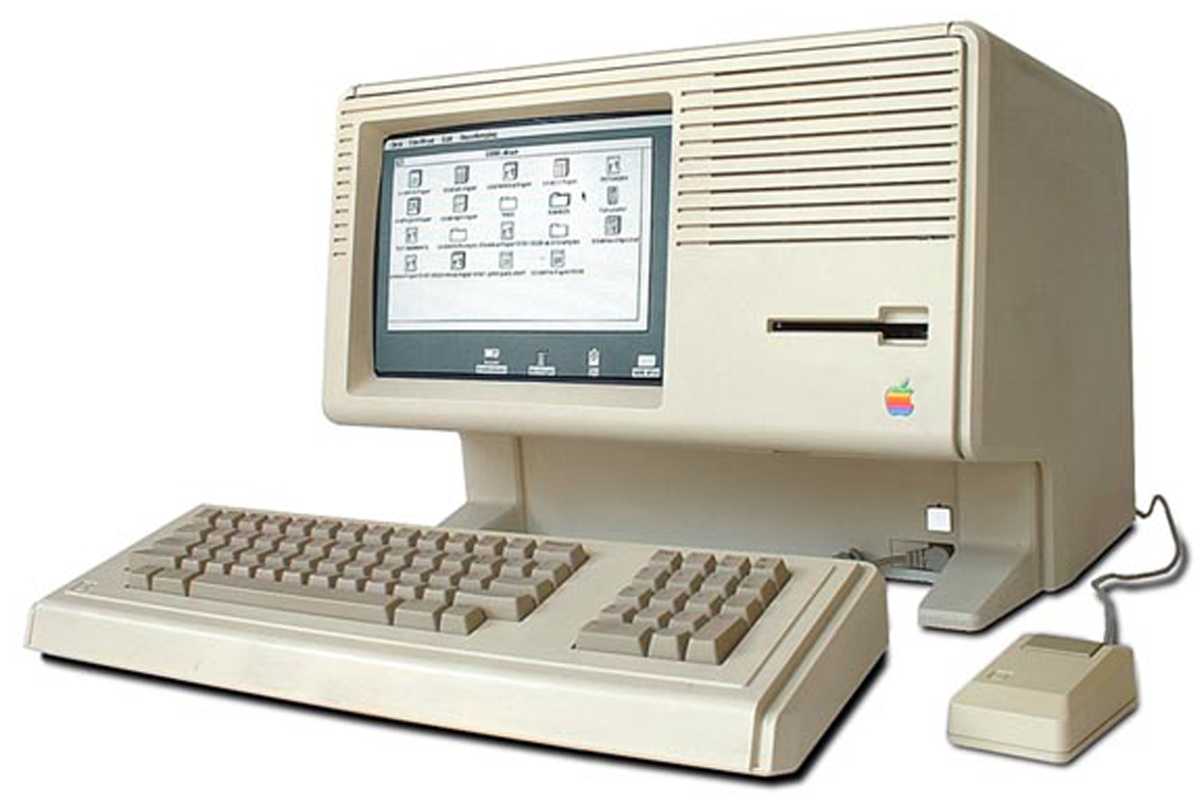
Apple
On the one hand, Lisa was doomed from the start. On the other, it’s the most influential computer Apple ever made. A radically new design, unlike anything anyone had ever seen before, Apple’s Lisa–named after Steve Jobs’s daughter–had one of the earliest graphical user interfaces, an all-in-one design, and uniquely modular upgrades. However, its $10,000 price tag and complex OS doomed sales–the release of the cheaper and more hyped Macintosh just a year later didn’t help.
Power Mac G4 Cube

Apple
The Power Mac G4 Cube remains one of the prettiest desktop machines ever made. Encased in graphite-colored acrylic and designed to sit atop a desk rather than under it, the Power Mac G4 Cube was (and is) a work of art. It was also very expensive, somewhat underpowered, and impractical, all of which doomed sales. It lasted about a year and was never heard from again.
Mac Pro (2013)
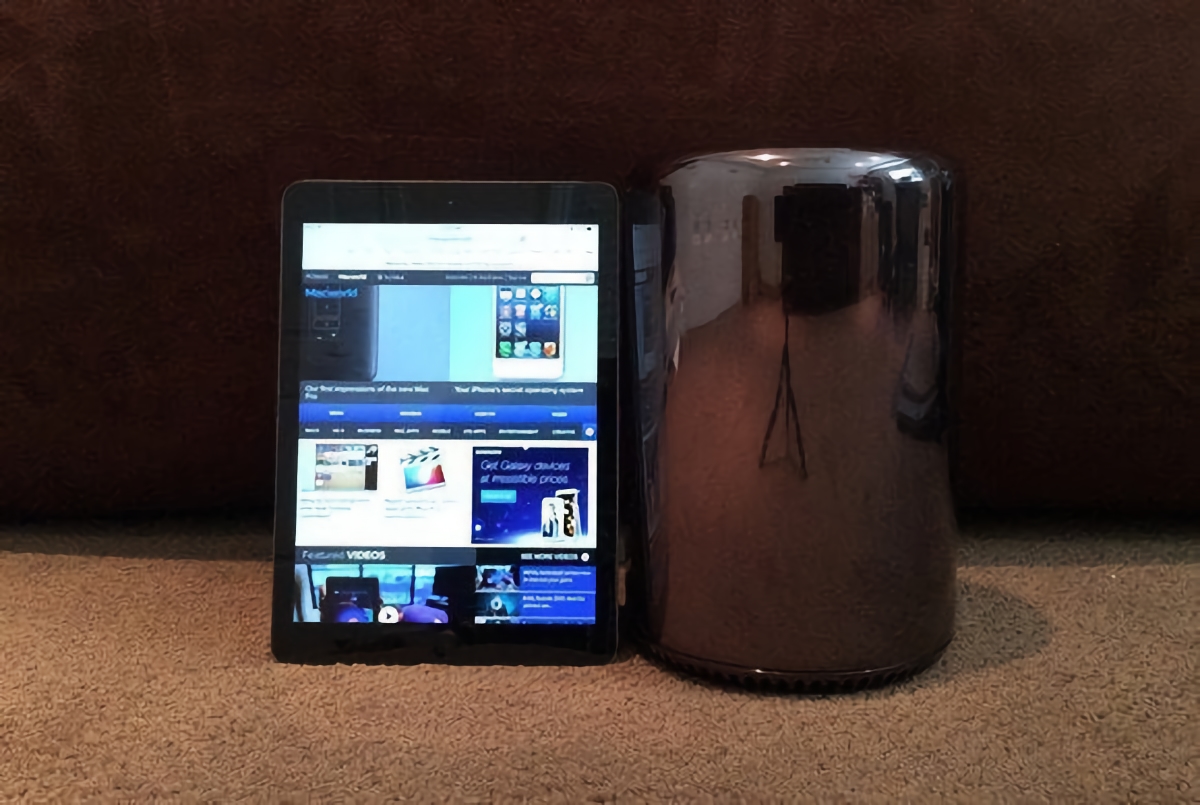
Foundry
When Apple unveiled the Mac Pro at WWDC 2013, it was certainly different–so different that it didn’t look like a computer at all. It’s earned the not-so-affectionate nickname “Trash Can,” but there’s no denying its unique and stunning design. That design was also its downfall; it wasn’t very modular or upgradable, didn’t have proper cooling for the highest-end chips, and started at $2,999. But those who bought one couldn’t stop admiring it.
eMate 300
Before there was the iPhone and iPad, Apple’s ultraportable computer was the eMate 300, a low-cost laptop for schools that ran the Newton operating system. It had a 6.8-inch display, stylus, and full keyboard, and was dressed in translucent blue plastic before translucent plastic became cool. But during a time when Apple was directionless, the eMate never had a chance. It wasn’t marketed well, didn’t have a clear identity, and ran a doomed OS. It barely lasted a year before Steve Jobs killed it, but it’s hard not to see its influence on both the iMac and iBook.
iPod Hi-Fi
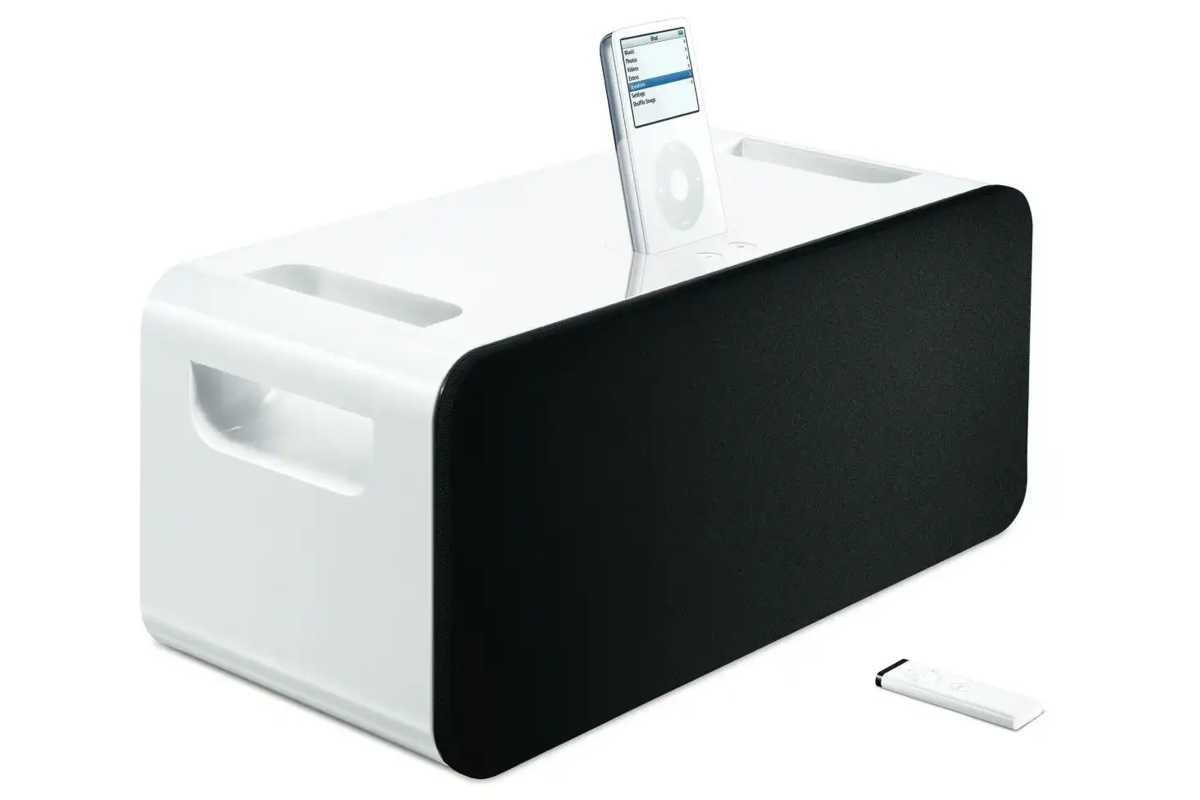
Apple
Back when the iPod was at its peak, speakers and docks were all the rage. Naturally, Apple wanted to get in on it. In February 2006, it launched the iPod Hi-Fi, a minimal rectangular speaker with a pair of handles, custom-designed wide-range speakers, and a tuned, ported bass system. Like the HomePod, it was praised for its sound and build quality, but ultimately was too expensive and too high-end for the humble iPod.
iPhone 5c
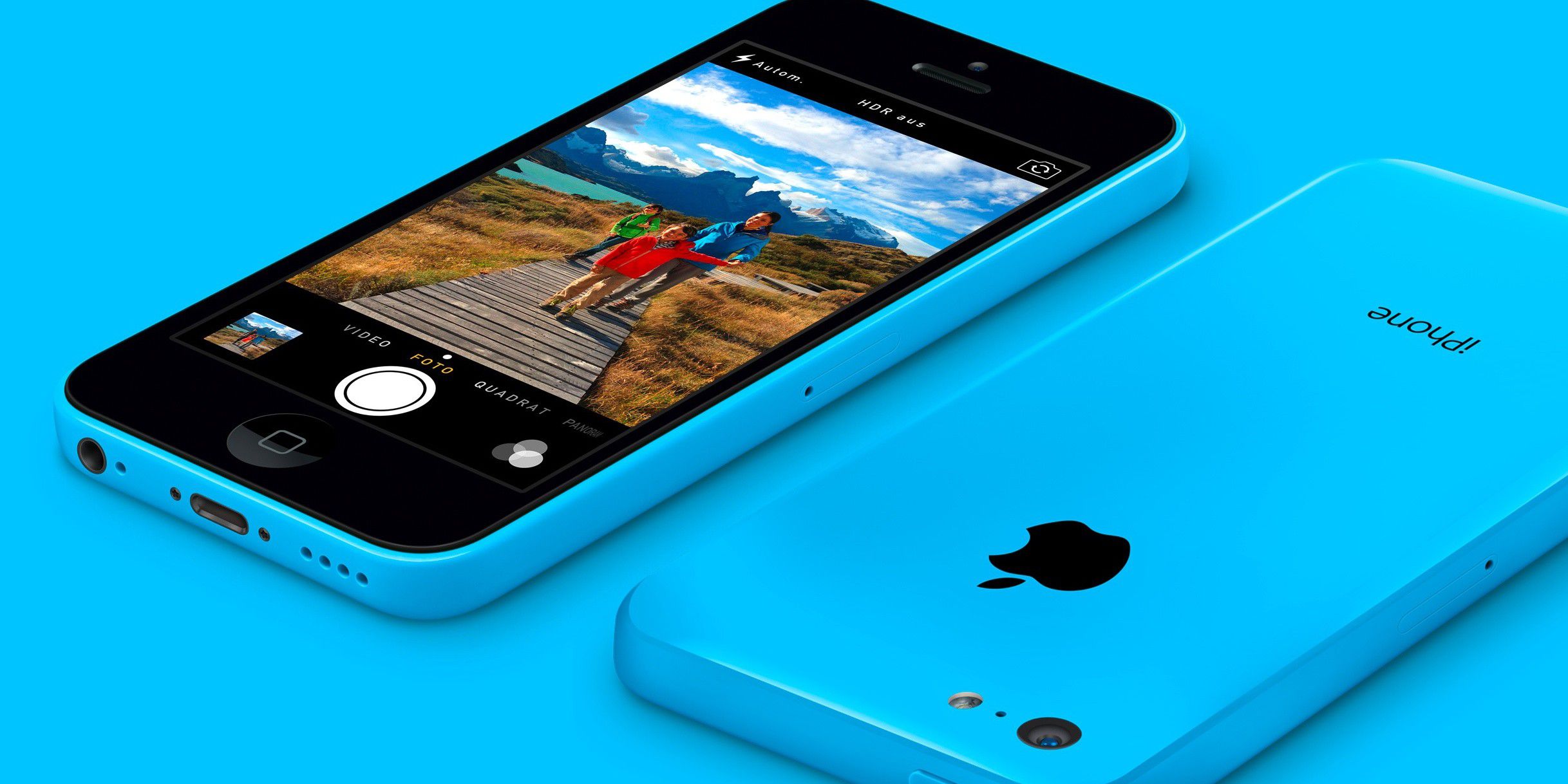
Apple
Before the iPhone SE, the “budget” iPhone 5c made its debut in 2013 alongside the iPhone 5S. Costing just $99 on contract ($100 less than the high-end iPhone), it had the same display and a similar camera but was missing several important features, including Touch ID, the newest A7 processor, and dual LED flash. But it looked like no other iPhone, with an incredibly light design wrapped in a colorful polycarbonate case that felt wonderful to hold. It was unapologetically killed a year later but its colorful influence can still be felt today.
HomePod (2017)
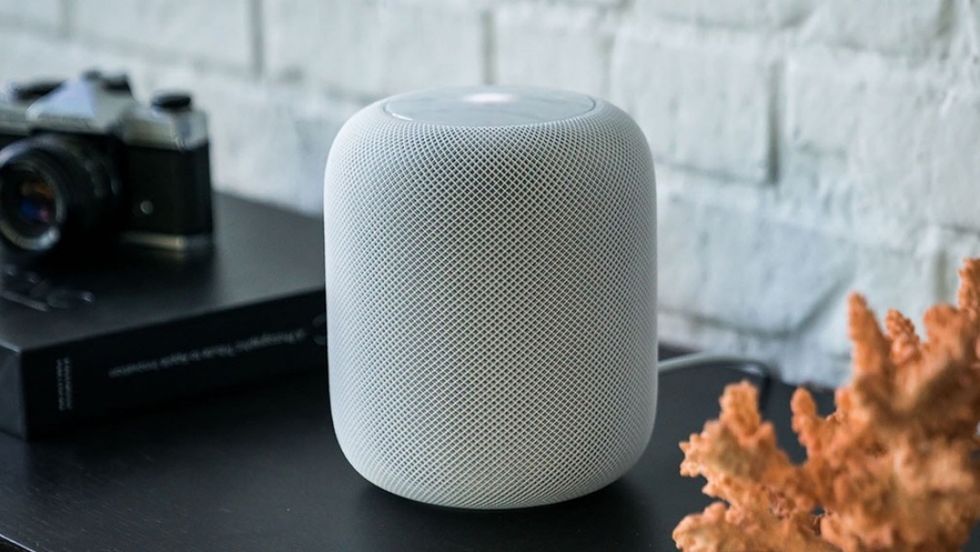
Foundry
If you need evidence that Apple’s original HomePod is still one of the prettiest speakers ever made, look no further than the 2nd-gen model, which looks almost identical to the first one. But despite its good looks and even better sound, the original HomePod landed with a dud. Doomed by its price, timing, and limited features, HomePod lasted about three years before Apple pulled the plug. It’s back now and we have to wonder how long it will be until Apple turns down the volume for good.
For all the latest Technology News Click Here
For the latest news and updates, follow us on Google News.
